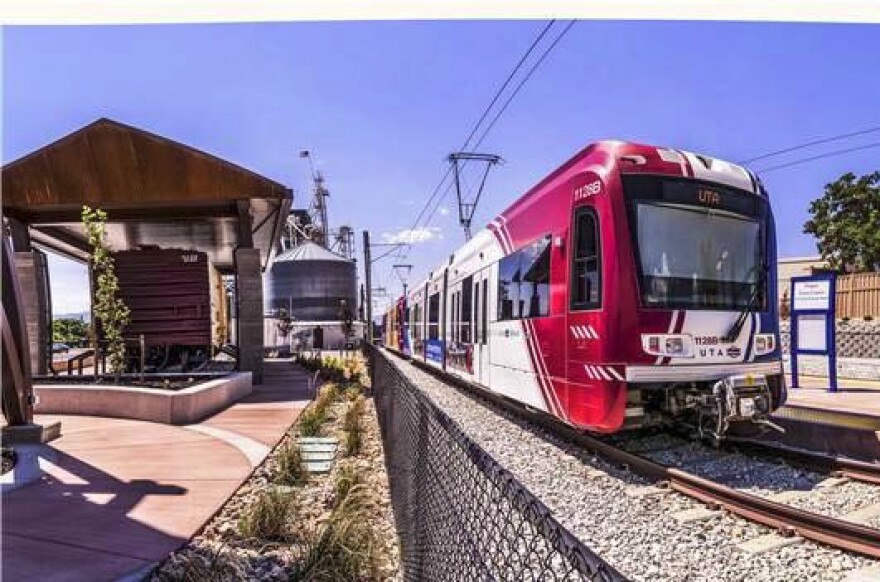Utah ranked top in the nation in a new White House report on public infrastructure.
The report graded states on 12 major areas of infrastructure the Biden Administration hopes to improve with $2.3 trillion in federal funding, including traditional categories like roads and bridges but also broadband access, child care and housing.
With an overall C+ grade, Utah tied Georgia with its relatively high marks nationwide, though the state has still suffered from a “systemic lack of investment” for decades, the report said. It noted there are 62 bridges and more than 2,000 miles of highway in poor condition and commute times for drivers have increased by over 7% since 2011.
It also found that 129,000 renters in Utah spend more than 30% of their income on rent due to a lack of available and affordable housing and that close to 10% of Utahns don’t have access to fast, reliable internet.
The report did not, however, provide much guidance for the areas with the most need.
Engineer Craig Friant has some ideas. He was the lead author of the Utah Infrastructure Report Card, which much of the White House report was based on. It found that while Utah’s roads and bridges are in pretty good shape, the state’s water management has been long overlooked.
Utah’s more than 100 miles of levees, for example, received the worst marks of any category. They’re critical to protecting against flood damage as water flows from high elevation, mountain terrain to low-lying basins or lakes, yet they’re about 60 years old on average and the state has done little to no planning for emergencies.
“These levees are now protecting developed land,” Friant said. “In the past, if they were to fail, it would just flood farmland. But now there's over 125,000 Utahns protected by levees and about $10 billion in property as well, so it's important that these levees be tracked and maintained and updated to current design standards.”
On the other hand, Utah is well-positioned to tackle the state’s transportation challenges, said Ari Bruening, executive director of the planning organization Envision Utah.
They’re a top concern for residents as the region grows, he said. People want to be able to drive but also bike, walk and take public transit. They’ve also become more receptive to developing the kind of urban centers along the Wasatch Front that would make that possible, concentrating denser housing around jobs and entertainment options.
“In order to build that development though, you need the public transportation there,” Bruening said. “And so the timing of building it really, really matters. The good news is we have a Unified Transportation Plan where we've already prioritized different improvements and so we're ready for an infusion of cash.”
It’s not clear yet how much federal funding will reach Utah if the infrastructure bill passes. But Bruening said if and when it does arrive, it will go a long way towards helping the state manage it’s growth in the right ways.





